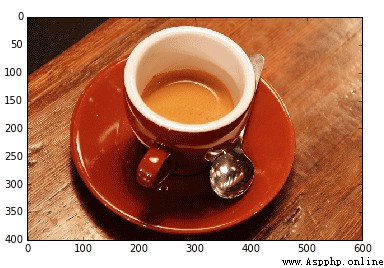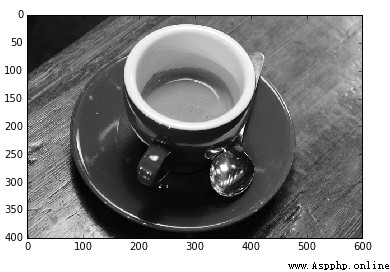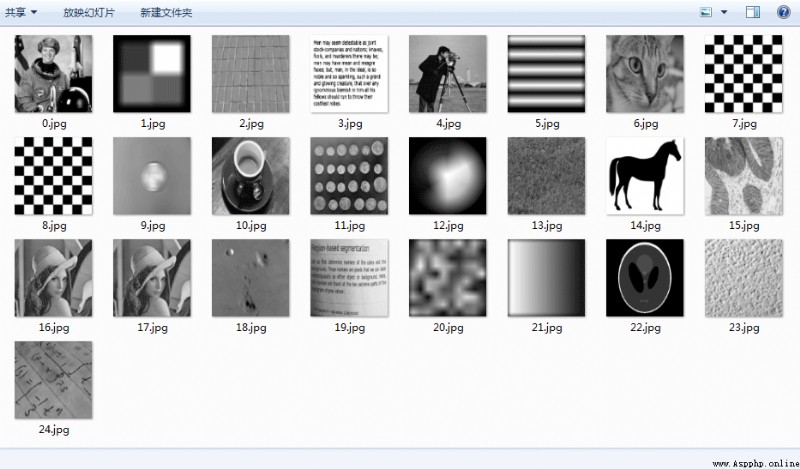This article mainly introduces python How to realize the batch processing of images , The content is detailed and easy to understand , The operation is simple and fast , It has certain reference value , I believe that after reading this article python How to realize the batch processing of images, the article will gain something , Let's have a look .
skimage.io.ImageCollection(load_pattern,load_func=None)
This function is placed in io In module , With two parameters , The first parameter load_pattern, Indicates the path of the picture group , It could be a str character string . The second parameter load_func Is a callback function , We can batch process images through this callback function . The callback function defaults to imread(), That is, the default function is to read pictures in batches .
Let's look at an example :
import skimage.io as iofrom skimage import data_dirstr=data_dir + '/*.png'coll = io.ImageCollection(str)print(len(coll))
The result is 25, It means that the system comes with 25 Zhang png A sample picture of , These pictures have been read out , Put it in the picture collection coll in . If we want to show one of the pictures , You can add a line of code after it :
io.imshow(coll[10])
Is shown as :

If a folder , We have some jpg Format picture , Some more png Format picture , Now I want to read them all , How do you do that ?
import skimage.io as iofrom skimage import data_dirstr='d:/pic/*.jpg:d:/pic/*.png'coll = io.ImageCollection(str)print(len(coll))
Notice this place 'd:/pic/*.jpg:d:/pic/*.png' , Is a combination of two strings ,
The first is 'd:/pic/*.jpg',
The second is 'd:/pic/*.png' ,
Together , The middle is separated by a colon , So we can take d:/pic/ Under folder jpg and png Format pictures are read out .
If you want to read pictures stored in other places , It can also be added together , But the middle is also separated by colons .
io.ImageCollection() This function omits the second argument , That is, batch reading . If we don't want to read in bulk , But other batch operations , Such as batch conversion to grayscale image , So how to do it ?
You need to define a function first , Then take this function as the second argument , Such as :
from skimage import data_dir,io,colordef convert_gray(f): rgb=io.imread(f) return color.rgb2gray(rgb)str=data_dir+'/*.png'coll = io.ImageCollection(str,load_func=convert_gray)io.imshow(coll[10])

This batch operation is extremely useful for video processing , Because video is a series of pictures
from skimage import data_dir,io,colorclass AVILoader: video_file = 'myvideo.avi' def __call__(self, frame): return video_read(self.video_file, frame)avi_load = AVILoader()frames = range(0, 1000, 10) # 0, 10, 20, ...ic =io.ImageCollection(frames, load_func=avi_load)
What this code means , Will be myvideo.avi Every... In this video 10 Frame picture read out , Put in the picture collection .
After getting the picture collection , We can also connect these pictures , Form a higher dimensional array , The function to connect pictures is :
skimage.io.concatenate_images(ic)
With one parameter , Is the above picture collection , Such as :
from skimage import data_dir,io,colorcoll = io.ImageCollection('d:/pic/*.jpg')mat=io.concatenate_images(coll)Use concatenate_images(ic) The precondition of the function is that the size of the read pictures must be the same , Otherwise it will go wrong . Let's look at the dimensional changes before and after the picture connection :
from skimage import data_dir,io,colorcoll = io.ImageCollection('d:/pic/*.jpg')print(len(coll)) # Number of connected pictures print(coll[0].shape) # Picture size before connection , All the same mat=io.concatenate_images(coll)print(mat.shape) # Array size after connection Show results :
2
(870, 580, 3)
(2, 870, 580, 3)
You can see , take 2 individual 3 Dimension group , Connected into a 4 Dimension group
If we do batch operation on the pictures , You want to save the results after the operation , It can also be done .
example : Take all of the system's own png The sample picture , All converted to 256*256 Of jpg Format grayscale , Save in d:/data/ Under the folder
Change the size of the picture , We can use tranform Modular resize() function , This module will be discussed later .
from skimage import data_dir,io,transform,colorimport numpy as npdef convert_gray(f): rgb=io.imread(f) # Read... In turn rgb picture gray=color.rgb2gray(rgb) # take rgb Image to grayscale dst=transform.resize(gray,(256,256)) # Convert gray image size to 256*256 return dststr=data_dir+'/*.png'coll = io.ImageCollection(str,load_func=convert_gray)for i in range(len(coll)): io.imsave('d:/data/'+np.str(i)+'.jpg',coll[i]) # Cycle through saving pictures result :

About “python How to realize batch processing of images ” That's all for this article , Thank you for reading ! I'm sure you're right “python How to realize batch processing of images ” Knowledge has a certain understanding , If you want to learn more , Welcome to the Yisu cloud industry information channel .